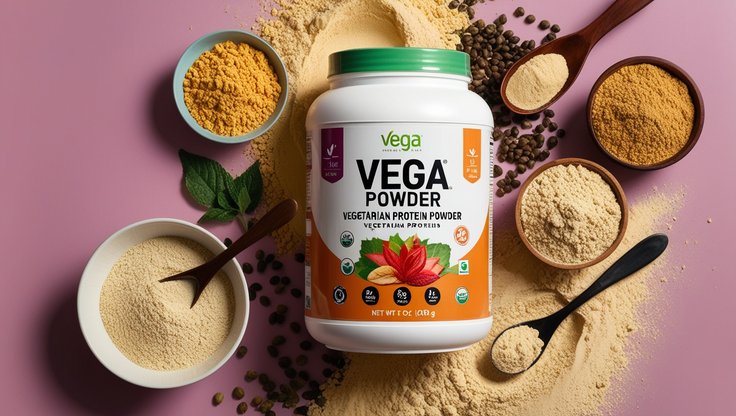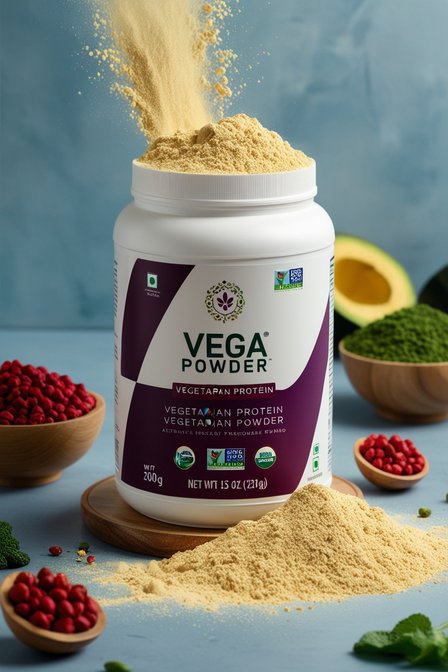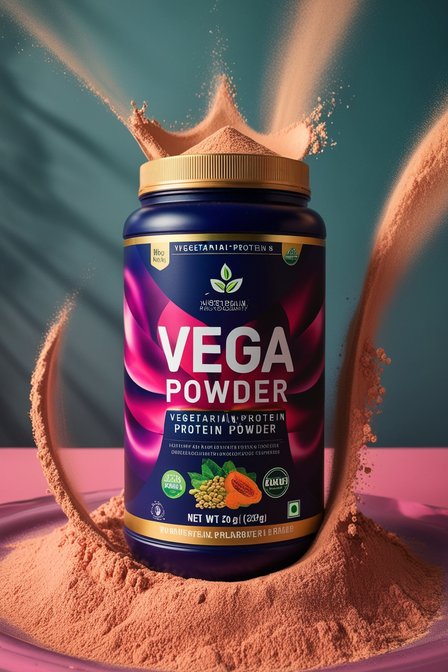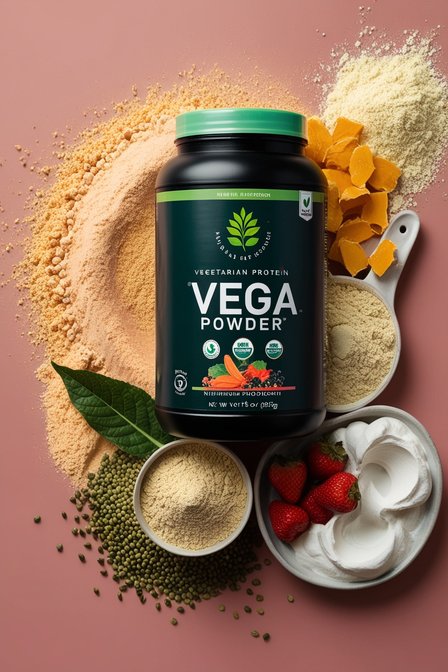Introduction to Vegan Bread
Bread is a staple food in many cultures around the world, often enjoyed for its versatility, flavor, and convenience. However, traditional bread recipes frequently include animal-derived ingredients, such as milk, butter, and eggs. For those following a vegan lifestyle, these ingredients are off-limits. Fortunately, vegan bread is a delicious and accessible alternative that excludes all animal products while retaining the same delightful taste and texture that bread lovers cherish.
The Essentials of Vegan Bread
At its core, vegan bread consists of four main ingredients: flour, water, yeast, and salt. These components form the foundation of many bread recipes, whether vegan or not. Flour provides the structure, water hydrates the flour to form gluten, yeast acts as a leavening agent, and salt adds flavor. What distinguishes vegan bread from traditional varieties is the exclusion of any animal-derived additives.
Flour Varieties
The choice of flour significantly impacts the texture and flavor of bread. Common flours used in vegan bread include:
- All-Purpose Flour: Versatile and widely available, it provides a balanced texture and is suitable for most bread recipes.
- Whole Wheat Flour: Higher in fiber and nutrients, it gives a denser texture and a nuttier flavor.
- Bread Flour: With a higher protein content, it develops more gluten, resulting in a chewier texture.
- Gluten-Free Flours: For those with gluten sensitivities, options like rice flour, almond flour, and chickpea flour can be used. These often require additional binding agents to mimic the texture of gluten.
Leavening Agents
While yeast is the traditional leavening agent in bread, there are other options for vegan bread:
- Active Dry Yeast: The most common type, it requires proofing in warm water before use.
- Instant Yeast: More convenient, it can be mixed directly with dry ingredients.
- Sourdough Starter: A natural leavening agent created from flour and water, capturing wild yeast and bacteria from the environment.
- Baking Powder and Baking Soda: Used in quick breads, these chemical leavening agents produce a lighter texture without fermentation.
The Role of Liquid
Water is the primary liquid in vegan bread, but other options can add flavor and nutrition:
- Plant-Based Milks: Almond, soy, oat, and coconut milk can replace water to add richness and subtle flavor.
- Fruit Juices: Orange juice or apple cider can add a hint of sweetness and a unique taste.
- Vegetable Purees: Pumpkin, sweet potato, and beet purees can provide moisture, color, and additional nutrients.
Fats and Oils
Traditional bread recipes often call for butter, but vegan bread can use plant-based alternatives:
- Olive Oil: Adds a rich, savory flavor and helps keep bread moist.
- Coconut Oil: Provides a slight sweetness and a tender crumb.
- Vegetable Oil: Neutral in flavor, it works well in most recipes.
- Nut Butters: Almond, peanut, and cashew butters add richness and a distinct nutty flavor.
Sweeteners
If a recipe calls for a touch of sweetness, there are vegan-friendly options:
- Maple Syrup: Adds a natural sweetness and a hint of maple flavor.
- Agave Nectar: A mild-flavored sweetener that blends well with other ingredients.
- Coconut Sugar: Provides a caramel-like sweetness and a lower glycemic index than refined sugar.
- Molasses: Adds a deep, robust sweetness and a dark color to the bread.
Enhancing Flavor and Texture
To further enhance the flavor and texture of vegan bread, various add-ins can be incorporated:
- Nuts and Seeds: Sunflower seeds, pumpkin seeds, flaxseeds, and chia seeds add crunch and nutritional benefits.
- Dried Fruits: Raisins, cranberries, apricots, and dates contribute sweetness and chewiness.
- Herbs and Spices: Fresh or dried herbs like rosemary, thyme, and oregano, as well as spices like cinnamon and nutmeg, can elevate the bread's flavor profile.
Popular Types of Vegan Bread
Several types of bread are naturally vegan or easily adapted to be vegan:
- Sourdough: Made with a sourdough starter, it has a tangy flavor and chewy texture.
- Ciabatta: An Italian bread with a crispy crust and airy interior.
- Focaccia: A flatbread often topped with olive oil, herbs, and vegetables.
- Baguette: A French classic with a crisp crust and light, fluffy interior.
- Rye Bread: Dense and hearty, often made with a mixture of rye and wheat flours.
- Flatbreads: Including pita, naan, and tortillas, these are versatile and quick to make.
Baking Techniques
The process of making vegan bread involves several key steps:
- Mixing and Kneading: Combining ingredients and developing gluten through kneading.
- Fermentation: Allowing the dough to rise, which develops flavor and texture.
- Shaping and Proofing: Shaping the dough and letting it rise again before baking.
- Baking: Using the right temperature and time to achieve the desired crust and crumb.
Troubleshooting Common Issues
Even experienced bakers can encounter issues with vegan bread. Here are some common problems and solutions:
- Dense Bread: Often caused by under-kneading, insufficient proofing, or using too much flour. Ensure proper gluten development and adequate rising time.
- Dry Bread: Can result from over-baking or using too little liquid. Monitor baking time closely and adjust liquid amounts as needed.
- Flat Loaf: May occur if the dough over-proofed or didn't have enough structure. Avoid over-proofing and consider using bread flour for more gluten strength.
- Cracked Crust: Usually due to rapid expansion in the oven. Score the dough before baking to allow controlled expansion.
Nutritional Benefits of Vegan Bread
Vegan bread offers several nutritional benefits, making it a healthy choice for many:
- Lower in Saturated Fat: By excluding butter and other animal fats, vegan bread tends to be lower in saturated fat.
- High in Fiber: Whole grain flours and added seeds boost the fiber content, promoting digestive health.
- Rich in Vitamins and Minerals: Ingredients like whole wheat flour, nuts, seeds, and dried fruits contribute essential nutrients.
- Cholesterol-Free: With no animal products, vegan bread is free from cholesterol.
Vegan Bread and Dietary Restrictions
Vegan bread can be adapted to meet various dietary needs:
- Gluten-Free: Using gluten-free flours and binders can create delicious bread for those with gluten sensitivities or celiac disease.
- Low-Sugar: By choosing low-glycemic sweeteners or omitting sweeteners altogether, the bread can be suitable for those managing blood sugar levels.
- Nut-Free: For those with nut allergies, vegan bread can be made without nut-based ingredients.
Homemade Vegan Bread vs. Store-Bought
While making bread at home allows for complete control over ingredients and freshness, store-bought vegan bread offers convenience. When choosing store-bought options, it's essential to read labels carefully to ensure no hidden animal products are included. Many health food stores and bakeries now offer high-quality vegan bread with clean ingredient lists.
Conclusion
Vegan bread is a delightful and nutritious option for anyone looking to enjoy bread without animal products. With a variety of flours, liquids, fats, and add-ins available, the possibilities are endless. Whether you're an experienced baker or a novice, creating vegan bread at home can be a rewarding and delicious endeavor. Embrace the art of vegan bread baking and savor the flavors and textures of this versatile food.




